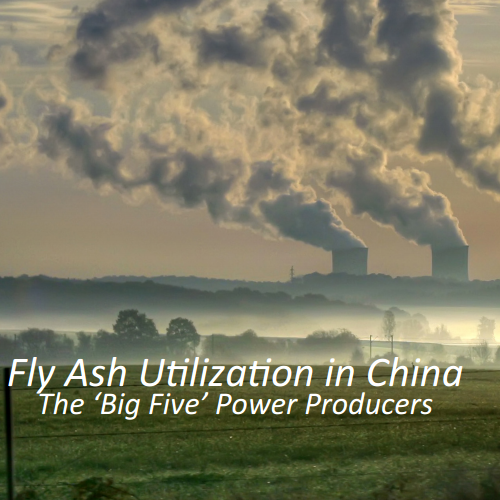Research Highlight: Acid Extraction of Valuable Resources in Fly Ash and Various Utilizations of Acid Slag
/- Beijing, China
Aluminium and rare earth mineral extraction was a well-explored topic at AsianCAA’s latest Coal Ash Asia event, in Beijing, last July. Vice Professor Li Fang Fei, from JiLin University, shared her research pertaining to acid leaching in order to extract precious rare earth minerals. Jilin University is a key collaborator with the China Building Materials Academy (CBMA), and the Institute for Technical Information for the Building Materials Industry, our co-hosts of Coal Ash Asia. The university's chemistry department contributes essential research to the topic of waste utilization and management. Below is Professor Li Fang Fei’s abstract, discussing her latest research.
Abstract: Fly ash is the main solid waste of power plants. After combustion, the aluminum, rare earth and other valuable resources in the raw coal are further enriched in the fly ash. That makes the high Al2O3 content in the fly ash of Inner Mongolia region (up to 50 wt % ). Aluminum, iron, gallium, and other rare earth resources in fly ash could be extracted by acid leaching process. And followed by resin separation, enrichment leaching, and crystallized purification process, various valuable resources could be successfully separated and purified to an ideal level. Such leaching method is not only applicable to the high-active CFB fly ash, but also suitable for the OF fly ash whose amount is much larger than the former. In addition, the amount of acid leaching slag of fly ash is very small, which is composed of porous SiO2 with ideal purity and highly reactivity. Such "white mud" could be produced as building materials, artificial zeolites, inorganic fibers, catalyst carriers, and other useful products, which promotes the governance and comprehensive utilization of fly ash.
Jilin University will be returning contributors to Coal Ash Asia 2018. For more information, or to register, please follow the links below. If you would like to be sent an information package regarding our event, please input your email below.
For more information on other papers from Professor Li Fang Fei, click below:
